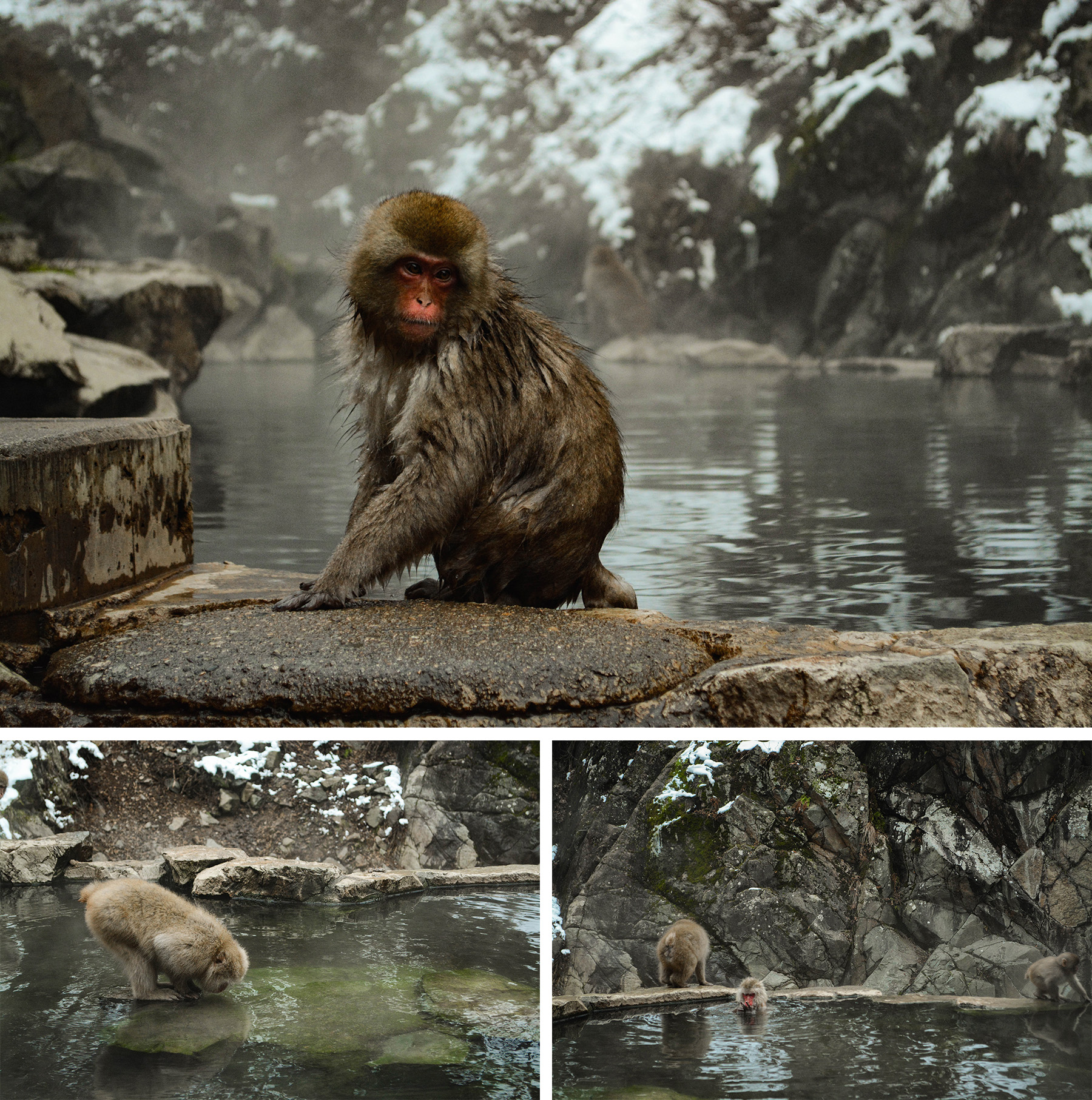notes
What is up w/ Japanese Zoos?!
April 26, 2024 5-minute read
⚠️ Warning: This note contains content that may be upsetting.
Animal parks, pet cafes, and zoos
My family is from Taiwan, which is just one hour from Japan by plane. We go to Japan pretty often.
In fact, I've had the opportunity to visit Japan five times. Two of those trips were with my family. One trip was for ACII 2022. Two subsequent trips were planned from my own interest and curiosity.
One observation that continues to surprise me about Japan is how well animal parks and pet cafes are integrated in their tourism industry. Nara is famous for its deer park, and Jigokudani is home to macaques that bathe in hot springs. For the equivalent of $30 USD, you could also probably get twelve cats, three pigs, or two capybaras to sit on you for an hour at an animal cafe.
On my latest trip to Himeji, I was surprised to see their zoo ticket cost 150 yen per person. That amount is equivalent to about $1.50 USD. Now, I'm not usually someone who pays to gawk at wildlife or domesticated animals, but I was curious how they could reliably sustain a zoo from such a low ticket price.
They don't, not really...
I was expecting some likeness to Disneyland or the San Francisco Zoo. I half assumed there might be animal statue decorations, or upbeat amusement park music plaing, or maybe a small gift shop in the corner, or possibly even a hot dog stand. After all, Japan is known for well-funded tourist attractions, and their zoos should be no different.
The truth of the Himeji Zoo, unfortunately, is that it was the worse resemblance of a poorly managed traveling circus. Along the sides of a dirt path, tiny iron cages were the enclosures for massive wildlife: bears, lions, giraffes, elephants, ostriches, zebras, camels, and more. I was speechless, shocked, and had mixed feelings about whether my 150 yen would help give better care for the animals or only prolong their suffering.
At one point, I shamefully watched a brown bear pace back and forth, with mechanical precision, in its cage.
Anyway, google it, if you want. I just thought someone should know.
How is this possible?
How could Japan, home to macaques that bathe in hot springs and deer that wander freely through towns, be so irresponsible?
It turns out, upon a deeper internet search of Japan's animal practices, concerning accounts emerge.
The macaques at Jigokudani Monkey Park are harrassed by the park staff to encourage entering the hot springs:
I struggled to hide my disappointment as I watched the now-agitated monkeys fight and screech at each other. The staff member who had chased the macaques down the mountain was now standing with a bucket of food at his feet, throwing handfuls on the ground to keep the monkeys from leaving. Whenever a monkey tried to leave? He ran after it and a few minutes later was encouraging back towards the hot springs.
The deer just outside Nara Park spend their lives in a fenced area and suffer from malnutrition:
As of April this year, approximately 260 deer were being kept in the fenced area, but due to overcrowding, there was not enough space for them to eat or drink water. Around 20% suffered from fur loss and other conditions caused by malnutrition, and many of them died earlier than the normal life span of a deer.
Of course, those upsetting stories and low resource zoos are hardly unique to Japan, but it is interesting to consider how Japan has managed to evade bad public perception and press. After all, Japan has great precedent for outshining its uglier sides.
Consider animes. While they are internationally adored media that tell powerful narratives, many animes infantilize women and normalize pedophilia.
Cheer up! Here are some cute photos
There are some moments of awe that counteract the upsetting, ugly reality. I consider those moments to be the following cute photos.

Source: My photos of macaques from Jigokudani Monkey Park.